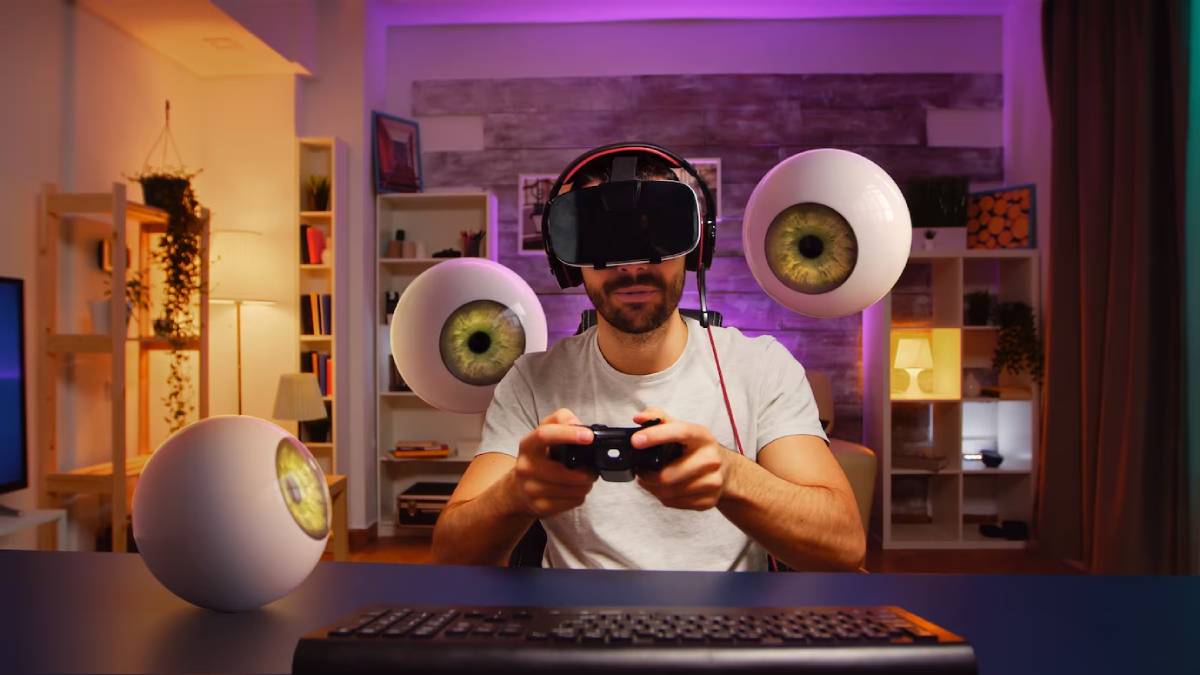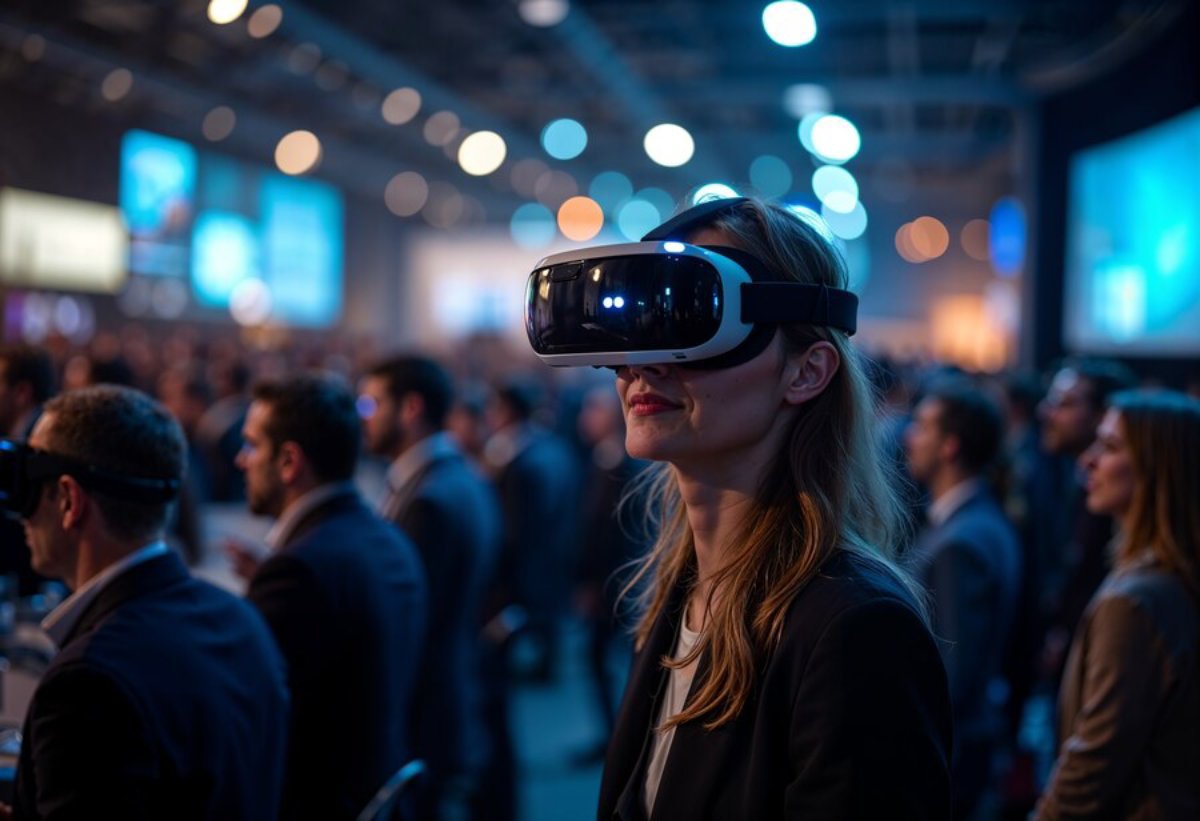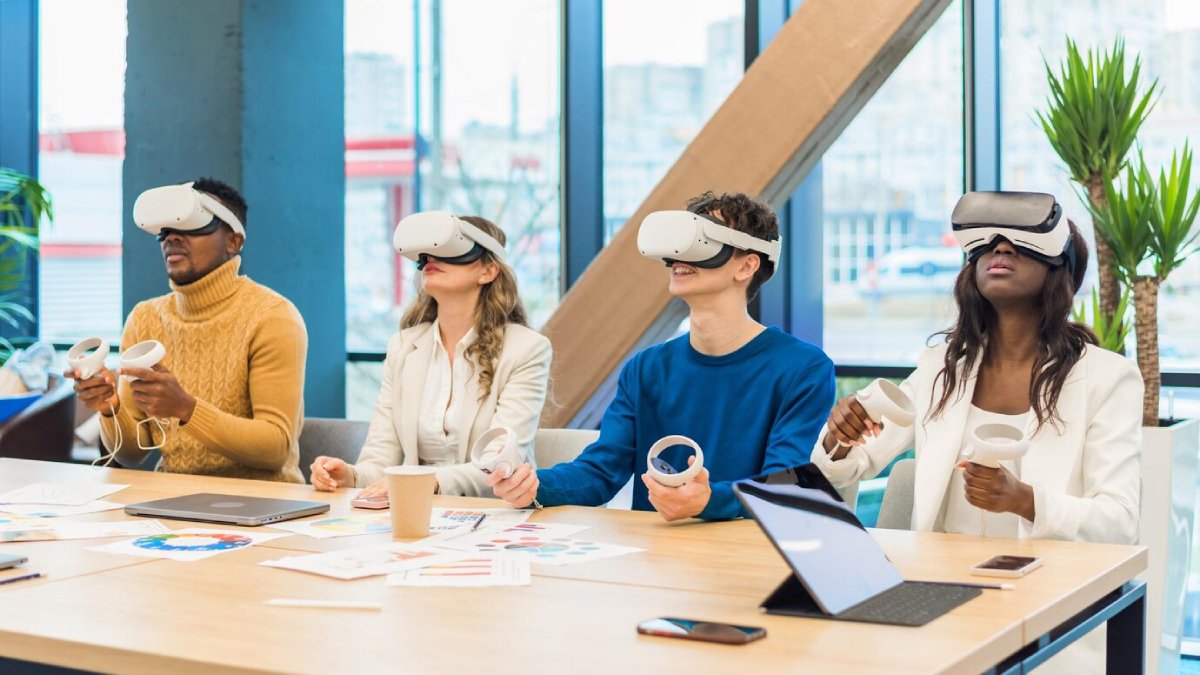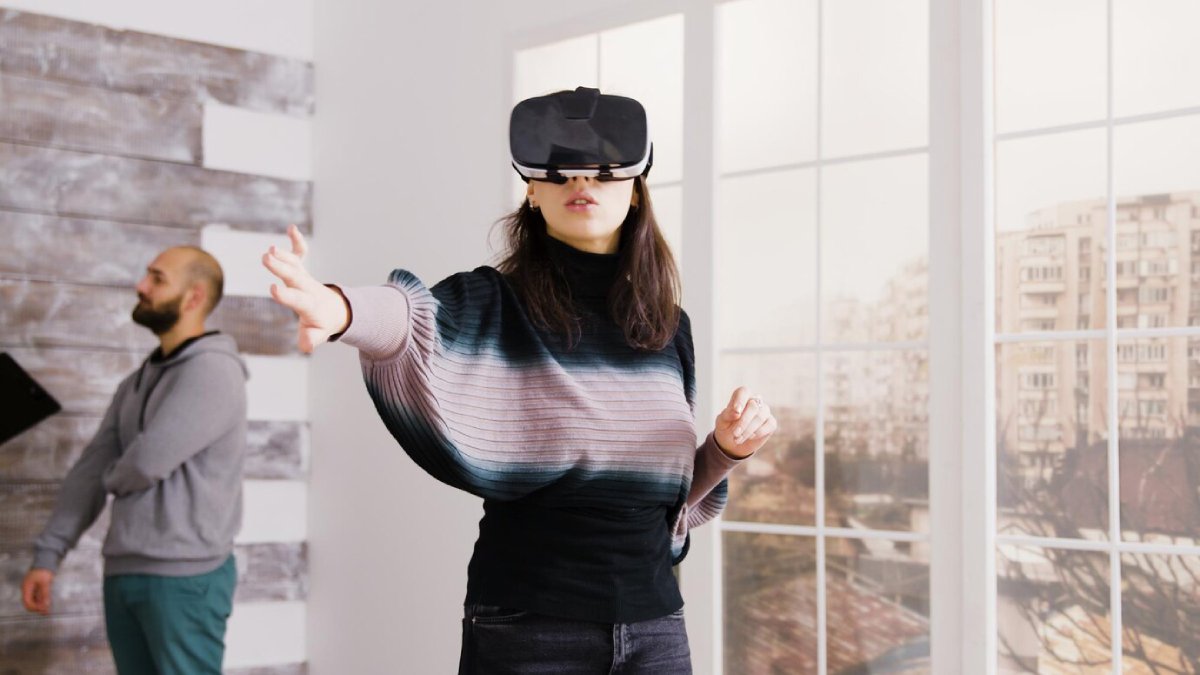
How VR is Reshaping the Real Estate Industry
In a fast-paced market, the real estate industry is using virtual reality (VR) to gain an advantage. Now, you can explore what once required in-person visits and long drives. You no longer need printed brochures. You can see everything instantly in immersive digital spaces. VR real estate tours are changing the way we showcase and sell properties. They include guided 3D home walkthroughs and interactive development previews.
Virtual property viewing is becoming standard as homebuyers and renters get tech-savvy. Remote transactions are now more common, making this a popular option. This shift speeds up the process and makes it more efficient. It also helps agents and developers connect with buyers in fresh and engaging ways.
In this article, we’ll explore how VR is reshaping real estate, who benefits from it, and why this technology is becoming a key part of the industry’s future.
The Rise of VR in Real Estate
For years, real estate has relied on photos, floorplans, and in-person visits to attract buyers. While those tools still matter, they can be limiting—especially for international buyers or people relocating from other regions. Immersive real estate tech adds a new layer of convenience and clarity by allowing users to explore properties in full 3D without ever leaving home.
What’s driving this shift:
- More affordable VR headsets and mobile apps
- Growth of remote work and relocation
- Increased demand for digital tools during and after the pandemic
- Rising expectations for convenience and instant access
Buyers now want more than a gallery of photos—they want to feel what it’s like to live in the space. And with VR, that’s exactly what they get.
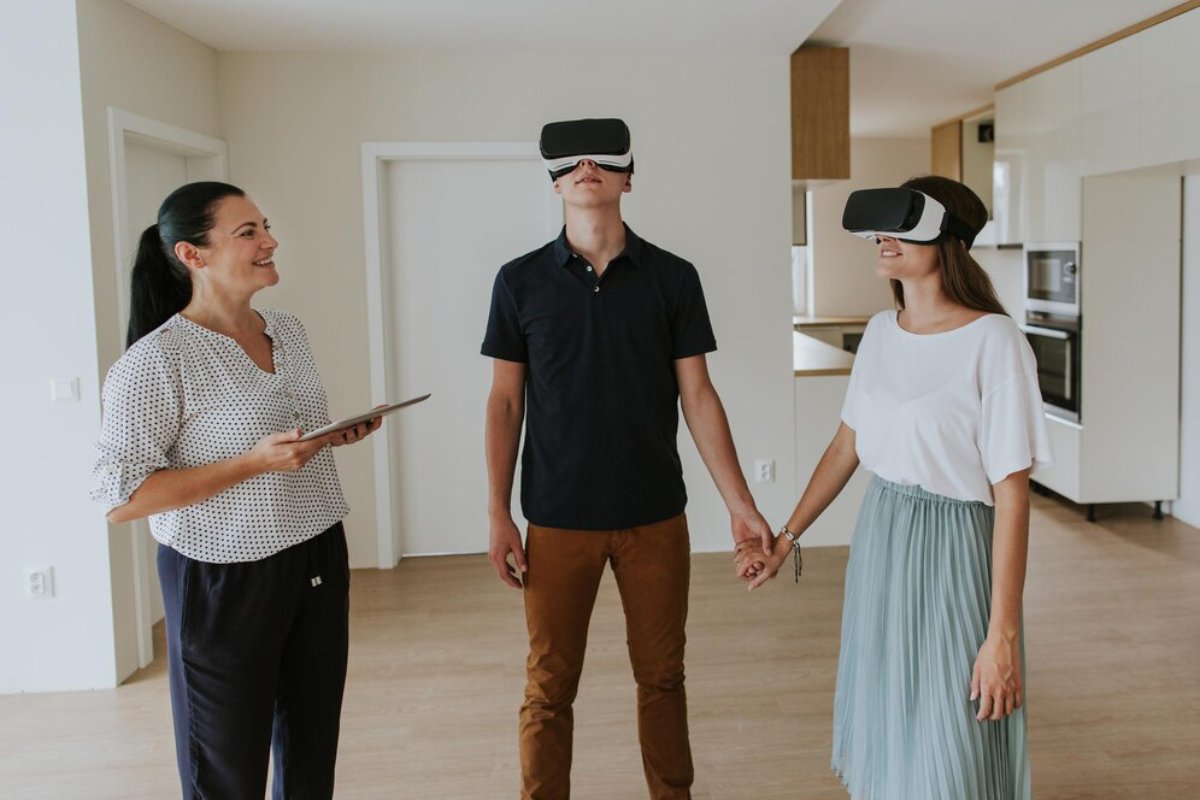
What Is a VR Real Estate Tour?
A VR real estate tour is an immersive digital experience that lets users explore a property in a 360-degree or fully 3D environment. Using a VR headset, phone, tablet, or computer, viewers can virtually “walk” through rooms, look around, and get a sense of the layout and scale.
These tours can include:
- Interactive floor plans
- Clickable hotspots for features and finishes
- Audio or video narration by agents
- Day/night lighting changes or furniture style toggles
- Live walkthroughs where agents guide clients in real time
Unlike static images or video tours, VR puts the viewer inside the space, offering a much more realistic sense of how the property flows.
Virtual Property Viewing in Practice
Virtual property viewing can take many forms depending on the platform, property, and audience. Some are pre-recorded 3D tours, while others are custom-built environments that buyers can explore at their own pace.
For example:
- A new development still under construction might use VR to showcase finished floorplans with different upgrade packages.
- A furnished resale home could offer a 360° tour where buyers explore room by room.
- Luxury listings may offer headset-compatible tours with guided commentary and high-definition visuals.
In many cases, VR viewings are combined with traditional methods—giving buyers a chance to narrow down options before scheduling an in-person visit.
Benefits for Buyers, Sellers, and Agents
The appeal of immersive real estate tech is wide-reaching. Each group involved in the buying and selling process stands to benefit from using VR tools.
For Buyers:
- Convenience: Explore multiple properties in minutes without travelling
- Clarity: Get a true sense of space, flow, and design details
- Access: Tour homes in other cities or countries without leaving home
- Confidence: Make faster decisions with more visual information
For Sellers:
- More interest: Attractive VR tours can bring more eyes to listings
- Faster sales: Well-informed buyers tend to make quicker decisions
- Less disruption: Fewer unnecessary showings save time and reduce hassle
For Agents and Developers:
- Stronger marketing: VR adds a high-end edge to listings and presentations
- Better client engagement: Interactive features make listings more memorable
- Efficient scheduling: Pre-qualified buyers mean fewer wasted visits
- Global reach: Market to out-of-area or international buyers with ease

Where VR Real Estate Tours Work Best
VR can be a strong tool for many types of properties, but it’s especially helpful in certain scenarios:
- Luxury listings, where visual impact and first impressions matter
- New developments, especially off-plan or under-construction homes
- International properties for buyers abroad or investors
- Student housing and rentals, where fast turnover and remote leasing are common
- Commercial spaces, where layout and flow are key decision factors
Whether it’s a model home, a modern condo, or an entire office floor, VR gives people a better sense of what they’re buying before they set foot on the property.
Challenges to Consider
While the benefits are clear, using VR in real estate also brings some challenges:
- Cost: Creating high-quality VR tours can require time and investment, especially for custom-built environments.
- Technology access: Not all clients own VR headsets, though mobile and desktop-friendly options help bridge the gap.
- User experience: Poorly designed tours or confusing navigation can turn buyers off.
- Learning curve: Agents need training to use and present VR tools effectively.
Still, as costs come down and tools become more user-friendly, these challenges are becoming easier to manage.
Platforms and Tools in Use
There are now many platforms offering VR and 3D solutions for real estate. Some of the most popular include:
- Matterport: A widely used tool for creating 3D models and VR tours of existing spaces.
- EyeSpy360: Offers virtual tours, live guided showings, and white-label branding.
- Kuula: Simple to use, web-based tool for 360° photo tours.
- Asteroom: Combines 360° photography with floorplans and room measurements.
- Archilogic and Unreal Engine: Used by architects and developers to build VR environments from scratch.
Each platform offers different strengths depending on whether you’re showcasing an existing property or visualising a new build.
What’s Next for Immersive Real Estate Tech?
As technology continues to improve, we’re likely to see even more innovation in immersive real estate tech. Some trends to watch include:
- AI-enhanced tours that suggest listings based on a buyer’s behaviour
- VR staging tools that let users customise finishes, furniture, and layouts
- Live agent avatars or digital assistants for guided showings
- Blockchain integrations for virtual property ownership and transactions
- Augmented reality (AR) overlays that combine physical visits with digital enhancements
These changes could turn real estate into a fully interactive experience, where buying a home feels as engaging as playing a game—only with real-world rewards.
Final Thoughts: A Smarter Way to Buy and Sell
Virtual reality is no longer just a cool extra in real estate. For many agents, developers, and buyers, it’s becoming a must-have tool. VR real estate tours are helping properties stand out, speeding up decision-making, and improving the entire buying experience.
Whether you’re previewing a condo in another city or marketing a new housing development, virtual property viewing brings the process into the modern age. It saves time, reduces uncertainty, and makes real estate more accessible, visual, and efficient for everyone involved.
